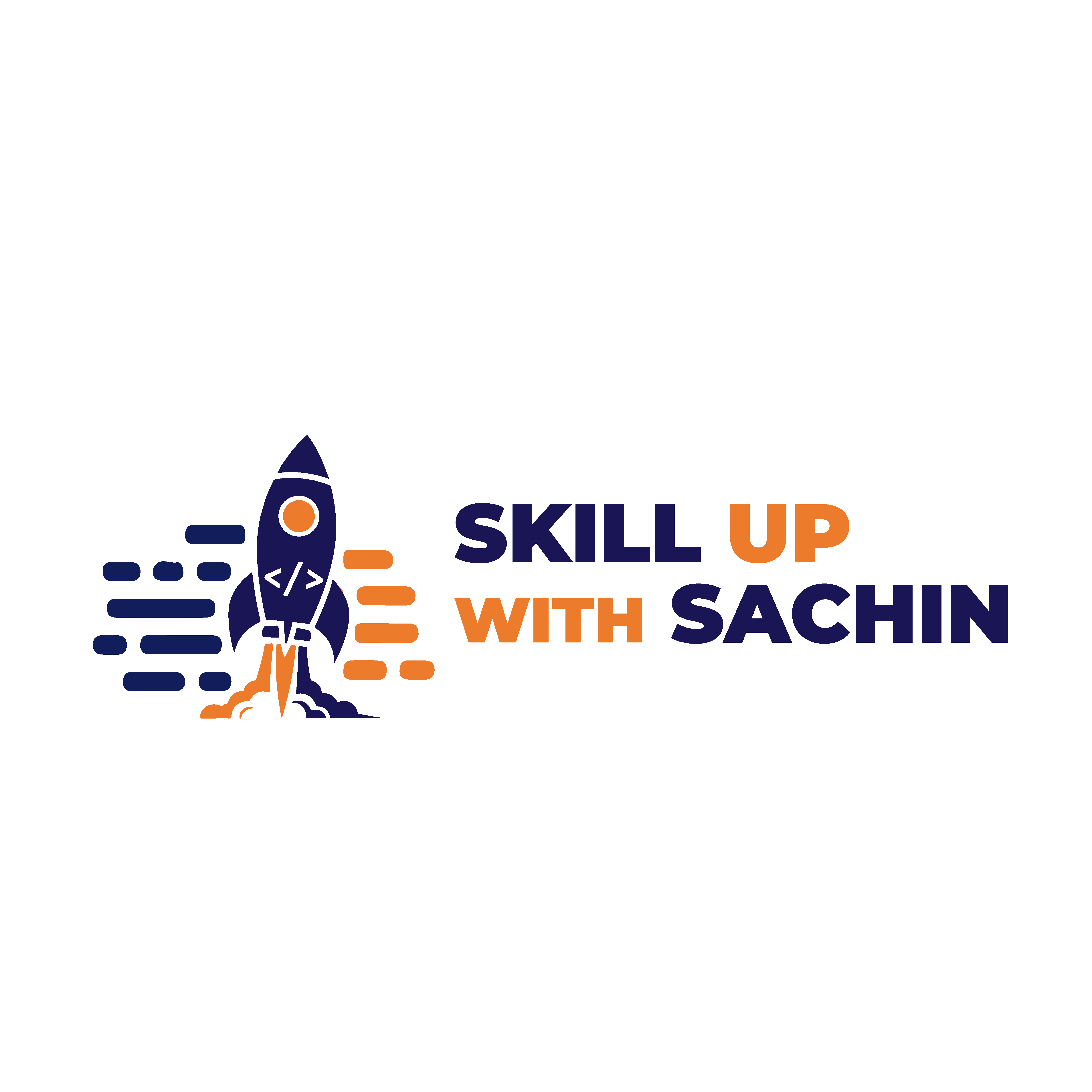In the age of digital transformation, scaling continuous delivery (CD) pipelines has become essential for businesses striving for agility and competitiveness. However, DevOps managers often find themselves in a balancing act, facing multiple dilemmas that can impact the efficiency of their pipelines. These dilemmas can be broadly categorized into Choice, Control, and Intelligence. Understanding and addressing these challenges is critical for fostering sustainable growth and delivering high-quality software at scale.
Contents
1. The Dilemma of Choice: Choosing the Right Tools and Technology Stack
One of the first dilemmas DevOps leaders face is making the right choices about the tools and technologies that will power their continuous delivery pipeline. The market is saturated with options for CI/CD platforms, containerization, orchestration tools, and cloud services. While choice offers flexibility, it also creates complexity. Picking the wrong tool could lead to vendor lock-in, scalability bottlenecks, or inefficient processes.
For example, a DevOps manager may need to choose between open-source CI/CD tools like Jenkins, which provides flexibility but requires heavy customization, or managed services like GitLab CI or CircleCI, which offer ease of use but may not be as customizable. Another growing trend is the adoption of GitOps for declarative infrastructure management, but organizations often struggle to determine if it suits their unique scaling needs.
Solution:
To overcome the choice dilemma, leaders should:
- Evaluate long-term scalability and interoperability: Choose tools that can integrate well with the existing ecosystem and scale as the business grows.
- Align with business objectives: Make sure the tool fits both current and future needs, including cost considerations, developer familiarity, and platform support.
- Experiment and iterate: Begin with pilot programs using a minimum viable pipeline to validate decisions before scaling fully.
2. The Dilemma of Control: Balancing Standardization and Autonomy
The second dilemma arises around control—balancing the need for standardization with the autonomy required by individual teams. As the organization grows, it’s tempting to standardize tools, processes, and environments to ensure consistency and reduce risk. However, excessive control can stifle innovation and agility, especially when diverse teams have differing needs.
Consider a scenario where a DevOps team has standardized its pipeline on a certain cloud provider’s services for deployment. However, a new development team, working on an experimental project, wants to leverage a different technology stack, such as Kubernetes on-premises or a multi-cloud strategy. Imposing strict control over tool choices can lead to friction between innovation and governance.
Solution:
To address the control dilemma:
- Create guardrails, not walls: Define high-level standards that ensure security, compliance, and efficiency while allowing teams the flexibility to choose technologies that best suit their projects.
- Implement automation and observability: Use automated governance tools like Terraform for infrastructure as code or ArgoCD for continuous deployment, which allows teams autonomy while ensuring that deployments adhere to security and compliance guidelines.
- Empower self-service: Develop self-service platforms where teams can provision environments within predefined boundaries, reducing bottlenecks while maintaining control.
3. The Dilemma of Intelligence: Leveraging Data for Decision-Making
The third dilemma is intelligence—leveraging data effectively to make informed decisions about the performance and reliability of the CD pipeline. With pipelines spanning multiple tools and environments, gathering actionable insights across the stack can be challenging. Leaders must decide which metrics matter most, such as deployment frequency, lead time, and failure rates, while avoiding the trap of analysis paralysis.
For example, a team may gather vast amounts of data from their CI/CD pipeline (build times, test results, deployment success rates) but struggle to correlate this data to business outcomes. Should the focus be on speeding up deployments, or is it more critical to reduce failure rates? Without the right intelligence, it becomes difficult to prioritize improvements.
Solution:
To handle the intelligence dilemma:
- Adopt value stream management: Tools like Plutora and Tasktop can help measure the flow of value through the software delivery pipeline, aligning metrics with business goals.
- Integrate observability tools: Leverage monitoring tools like Datadog, Prometheus, or New Relic to gain real-time insights into pipeline health. AI and machine learning capabilities can also be incorporated to predict failures and recommend optimizations.
- Data-driven retrospectives: Implement regular retrospectives that focus on data, not just anecdotes. This ensures continuous improvement based on facts and helps in making smarter scaling decisions.
Conclusion
Scaling continuous delivery pipelines is no easy feat, and DevOps leaders must navigate the dilemmas of choice, control, and intelligence. By carefully selecting tools that align with long-term goals, striking a balance between standardization and team autonomy, and utilizing data to drive decision-making, organizations can successfully scale their pipelines while maintaining agility and quality.
Addressing these dilemmas head-on not only improves the scalability and efficiency of CD pipelines but also fosters a culture of innovation, where teams can continuously deliver value to end users.


